Icy Wellness: Your Guide to The Cold Plunge Experience
In the realm of wellness and rejuvenation, a new trend is taking the plunge—quite literally. Imagine a refreshing dip into icy waters, an experience that awakens your senses, invigorates your body, and leaves you feeling alive and revitalized. Welcome to the world of cold plunges, a wellness practice that’s gaining popularity for its numerous benefits and invigorating effects. In this chilly adventure, we’ll explore the intriguing concept of cold plunges, the different types available, the associated costs, and who should consider taking the plunge. Let’s dive right in! Time to learn all about this icy wellness must-have – the cold […]

In the realm of wellness and rejuvenation, a new trend is taking the plunge—quite literally. Imagine a refreshing dip into icy waters, an experience that awakens your senses, invigorates your body, and leaves you feeling alive and revitalized. Welcome to the world of cold plunges, a wellness practice that’s gaining popularity for its numerous benefits and invigorating effects. In this chilly adventure, we’ll explore the intriguing concept of cold plunges, the different types available, the associated costs, and who should consider taking the plunge. Let’s dive right in!
Time to learn all about this icy wellness must-have – the cold plunge

What is a Cold Plunge?
A cold plunge is a wellness practice that involves immersing yourself in cold water, typically around 50 °F (10 °C) or lower, for a short duration. The shock of the cold water stimulates various physiological responses in your body, such as increased blood circulation, improved immune function, and a surge of energy. Cold plunges are often enjoyed in specially designed cold plunge pools, but natural bodies of cold water like rivers or lakes can also serve the purpose.
The shock of the cold water stimulates various physiological responses in our bodies
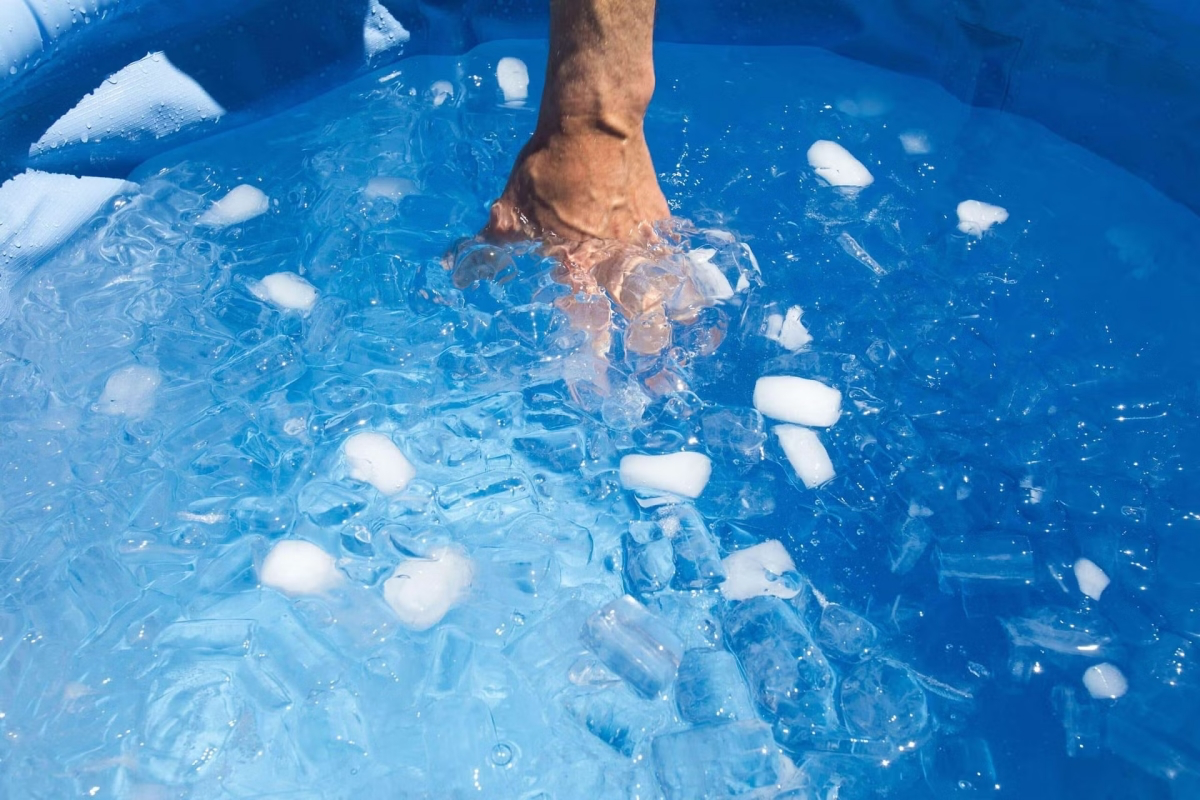
What Are the Types of Cold Plunges?
Cold plunge experiences can vary, and they come in several forms:
- Cold Plunge Pools: These are purpose-built pools or tubs filled with cold water, often located in spas, wellness centers, or even your own backyard.
- Natural Water Sources: Lakes, rivers, or natural springs with cold water can serve as impromptu cold plunge spots for the adventurous.
- Cryotherapy Chambers: For a more controlled and less immersive experience, cryotherapy chambers expose your body to extremely cold air for a brief period.
- Ice Baths: Sometimes, a simple bathtub filled with ice can be a makeshift cold plunge option for the daring.
- Cold Showers: If you’re looking for a budget-friendly way to incorporate cold plunges into your daily routine, taking a cold shower can be a refreshing start to your day.
There are many different types of cold plunges to choose from
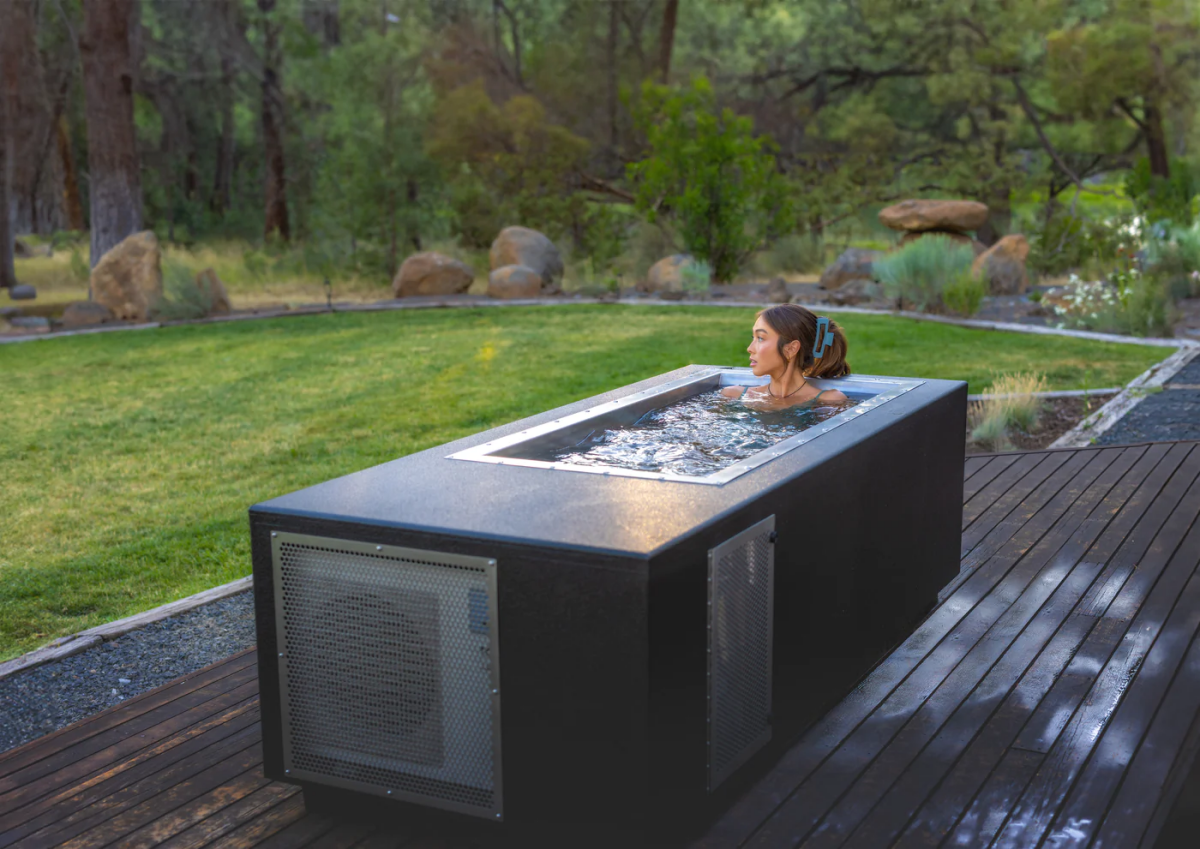
How Much Does It Usually Cost?
The cost of a cold plunge experience can vary widely depending on the type of plunge you opt for and your location. Here’s a rough estimate:
- Cold Plunge Pools: Installing a cold plunge pool in your backyard can cost anywhere from a few hundred to several thousand dollars. Spa or wellness center visits typically range from $20 to $100 per session.
- Cryotherapy Chambers: A single cryotherapy session typically costs between $30 and $100, while packages or memberships may offer discounts.
- Natural Water Sources: If you’re going for a natural cold plunge, it’s often free, provided you have access to a suitable spot.
- Ice Baths: The cost is minimal if you’re using your own bathtub, mainly covering the price of ice.
- Cold Showers: Incorporating cold showers into your daily routine won’t cost you anything extra, making it an economical option.
You can always try cold plunges at home for free

What are The Benefits of a Cold Plunge?
Enhanced Circulation
Cold plunges stimulate blood flow throughout your body. When you immerse yourself in cold water, your blood vessels constrict and then dilate when you warm up again, promoting better circulation. Improved circulation means more efficient oxygen and nutrient delivery to your muscles and organs.
Muscle Recovery
Athletes and fitness enthusiasts often turn to cold plunges to aid muscle recovery. The cold water helps reduce muscle inflammation and soreness, allowing for faster recuperation after intense workouts.
Cold plunges help reduce muscle inflammation and soreness
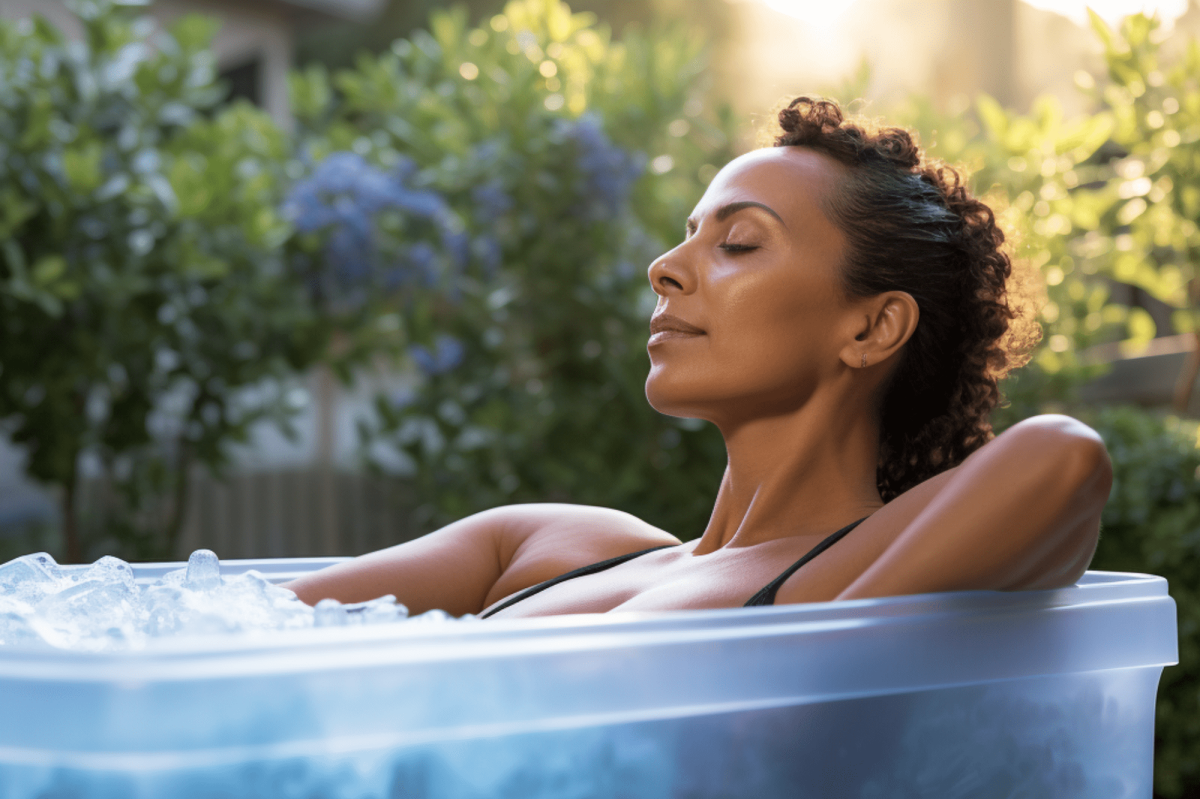
Stress Reduction
Cold plunges trigger the release of endorphins, your body’s natural mood elevators. This can lead to an immediate sense of relaxation and a reduction in stress levels. Many people find that cold plunges provide mental clarity and a sense of calm.
Improved Immune Function
Regular exposure to cold water may strengthen your immune system. It can increase the production of white blood cells, which play a crucial role in defending your body against infections. By taking cold plunges, you may become more resilient to illnesses.
Regular exposure to cold water may strengthen your immune system

Energy Boost
The shock of cold water can stimulate the release of adrenaline. This surge of energy can leave you feeling more alert and awake, making cold plunges a great way to start your day or overcome that mid-afternoon slump.
A cold plunge will leave you feeling more alert and awake
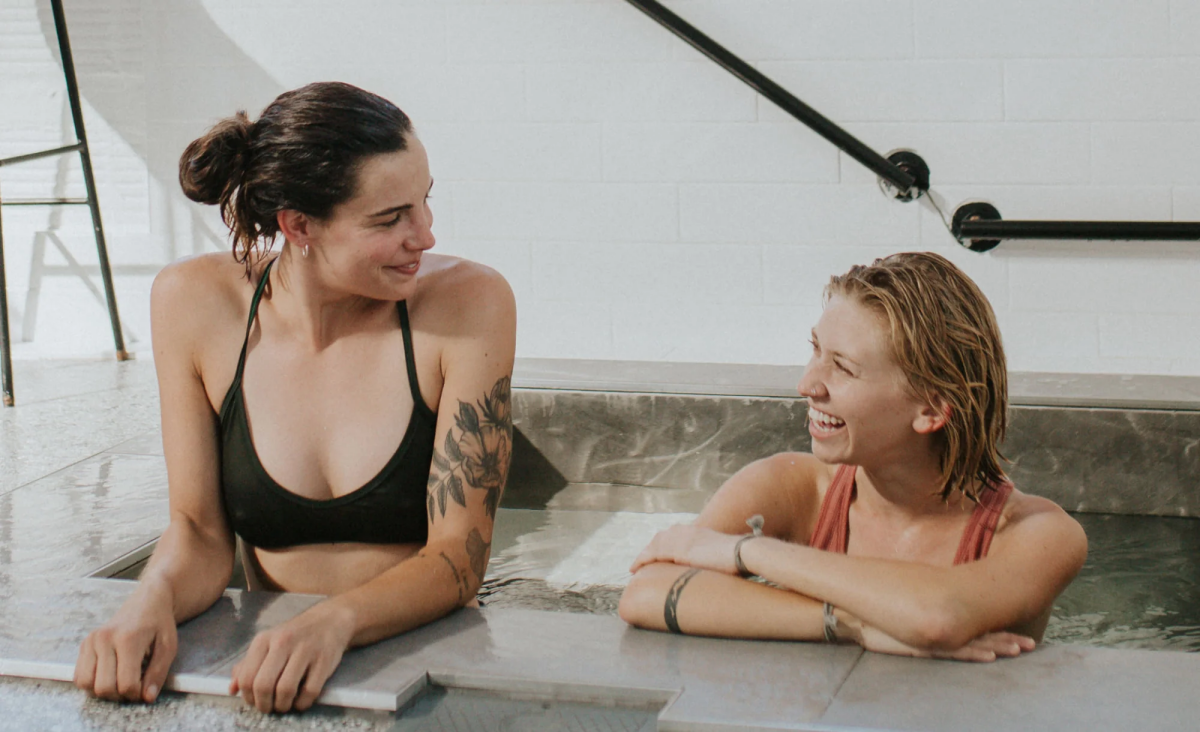
Enhanced Skin and Hair Health
Cold water can have a positive impact on your skin and hair. It can tighten your pores, reduce puffiness, and improve the overall appearance of your skin. Cold water also helps seal the cuticles of your hair, making it shinier and less prone to damage.
Improved Mood and Mental Health
Many cold plunge enthusiasts report an uplifted mood and a sense of mental clarity after each dip. The combination of physical sensations and the release of endorphins can have a positive impact on your mental well-being.
Increased Metabolism
Exposure to cold temperatures can temporarily boost your metabolism as your body works to maintain its core temperature. This can help with weight management and calorie burning.
Cold plunges can help with weight management and calorie burning

Better Sleep
Some individuals find that regular cold plunges improve their sleep quality. The calming effect of the cold water and its ability to reduce stress may contribute to a more restful night’s sleep.
Mind-Body Connection
Cold plunges can be an exercise in mental fortitude and mindfulness. Overcoming the initial shock and discomfort requires focus and control, fostering a stronger mind-body connection.
Detoxification
Cold plunges may support detoxification by encouraging your lymphatic system to remove waste and toxins from your body more efficiently.
Cold plunges can be an exercise in mental fortitude and mindfulness

While cold plunges offer these potential benefits, it’s important to approach them with awareness and caution. If you have underlying health conditions or concerns, it’s advisable to consult with a healthcare professional before incorporating cold plunges into your routine.
Always approach new things and practices with awareness and caution

Who Should Get a Cold Plunge?
Cold plunges offer a range of benefits that can cater to a wide audience, making them a popular choice for many. Here are some groups of people who can reap the rewards of cold plunges:
- Athletes and Fitness Enthusiasts: Cold plunges can aid in muscle recovery, reduce inflammation, and enhance athletic performance.
- Wellness Seekers: If you’re on a quest for improved mental clarity, stress reduction, and an immune system boost, cold plunges can be a valuable addition to your routine.
- Adventure Lovers: Those who enjoy the thrill of immersing themselves in nature’s icy wonders will find cold plunges in natural water sources an exhilarating experience.
- DIY Enthusiasts: If you’re handy and have space, installing a cold plunge pool at home can be a rewarding project.
- Spa Enthusiasts: Many spas offer cold plunge pools as part of their wellness programs, making them accessible to those seeking relaxation and rejuvenation.
- Cold Water Swimmers: If you’re already a fan of cold water swimming, you’re well on your way to enjoying the benefits of cold plunges.
- Wim Hof Method Practitioners: Followers of the Wim Hof Method, a popular wellness technique involving cold exposure, often incorporate cold plunges into their routines to harness its benefits.
- Nature Lovers: For those who relish spending time in the great outdoors, cold plunges in natural bodies of water provide a unique connection with nature and a refreshing escape.
While these groups can greatly benefit from cold plunges, it’s important to remember that moderation and awareness of your body’s response are key. Whether you’re an athlete seeking muscle recovery or an adventurer craving the thrill, cold plunges can be a refreshing and invigorating experience when approached mindfully.
Followers of the Wim Hof Method often incorporate cold plunges into their routines

Who Should Avoid It and Why?
While cold plunges offer a host of benefits, they may not be suitable for everyone. Here are a few groups of people who should exercise caution or avoid cold plunges altogether:
- Individuals with Heart Conditions: Cold plunges can put added stress on the cardiovascular system, so individuals with heart conditions or high blood pressure should consult a healthcare professional before attempting cold plunges.
- Pregnant Women: Pregnant individuals should steer clear of cold plunges due to the potential risk of hypothermia or complications.
- Young Children: Children have less developed thermoregulatory systems, making them more susceptible to the cold. It’s best to avoid cold plunges for young kids.
- Elderly Individuals: Older adults may have reduced tolerance to extreme temperatures, and cold plunges could lead to health issues, including hypothermia.
- Individuals with Respiratory Conditions: Those with respiratory conditions such as asthma or chronic obstructive pulmonary disease (COPD) should be cautious, as the shock of cold water can trigger breathing difficulties.
- People with Skin Conditions: Cold water may exacerbate certain skin conditions, so individuals with skin sensitivities should approach cold plunges with caution.
Ultimately, if you fall into one of these categories or have any concerns about your health, it’s wise to consult with a healthcare provider before incorporating cold plunges into your routine. Safety should always be a top priority when exploring this invigorating practice.
Cold water may exacerbate certain skin conditions, so individuals with skin sensitivities should be careful

Advantages and Disadvantages of Cold Plunges
Advantages
- Enhanced Circulation: The invigorating shock of cold water in a plunge stimulates blood flow throughout your body. This heightened circulation can lead to improved vascular health and better oxygen delivery to your muscles and organs. Over time, it may contribute to a healthier cardiovascular system.
- Reduced Inflammation: One of the remarkable benefits of cold plunges is their ability to reduce inflammation. The cold temperature constricts blood vessels, which can help alleviate soreness in muscles and joints. This makes cold plunges a favorite recovery method among athletes and those with active lifestyles.
- Stress Reduction: Cold plunges trigger the release of endorphins, the body’s natural feel-good chemicals. These endorphins induce a sense of relaxation and calm, reducing stress and anxiety levels. A regular cold plunge routine can become a powerful stress management tool.
- Improved Immune Function: Regular exposure to cold water in controlled conditions may enhance your immune system. Cold plunges can potentially stimulate the production of white blood cells and boost your body’s defenses against illnesses. This means you may become more resilient to common colds and infections.
- Energy Boost: Many cold plunge enthusiasts report feeling more alert and energized after a session. The sudden drop in temperature leads to an adrenaline rush, leaving you feeling invigorated. This newfound energy can carry over into your daily activities, helping you tackle tasks with renewed vigor.
Cold plunges trigger the release of endorphins, the body’s natural feel-good chemicals
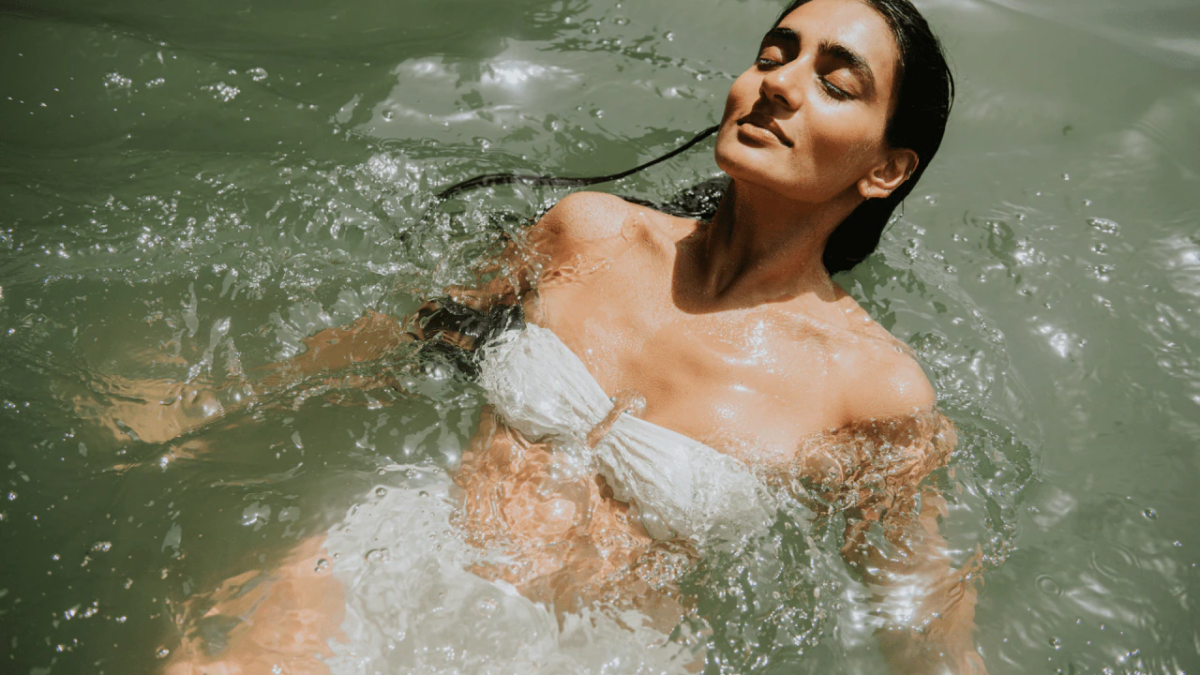
Disadvantages
- Discomfort: It’s important to acknowledge that cold plunges can be uncomfortable, particularly for beginners. The initial shock of the cold water can be challenging to endure, and it may take some time for your body to adapt to the sensation. It’s crucial to start gradually and increase the exposure duration over time.
- Hypothermia Risk: Prolonged exposure to very cold water poses a genuine risk of hypothermia, a potentially life-threatening condition. It’s imperative to practice cold plunges safely, ensuring you don’t stay in the cold water for extended periods and that you monitor your body’s response closely.
- Health Risks: While cold plunges offer numerous benefits, they may not be suitable for everyone. Individuals with certain health conditions, such as heart problems or Raynaud’s disease, should exercise caution or consult with a healthcare professional before attempting cold plunges to prevent potential complications.
- Expense: Depending on your chosen method, cold plunges can be costly to set up and maintain. Installing a plunge pool or purchasing specialized equipment can be a significant investment. Additionally, there may be ongoing expenses related to water quality maintenance and temperature control.
While cold plunges offer numerous benefits, they may not be suitable for everyone
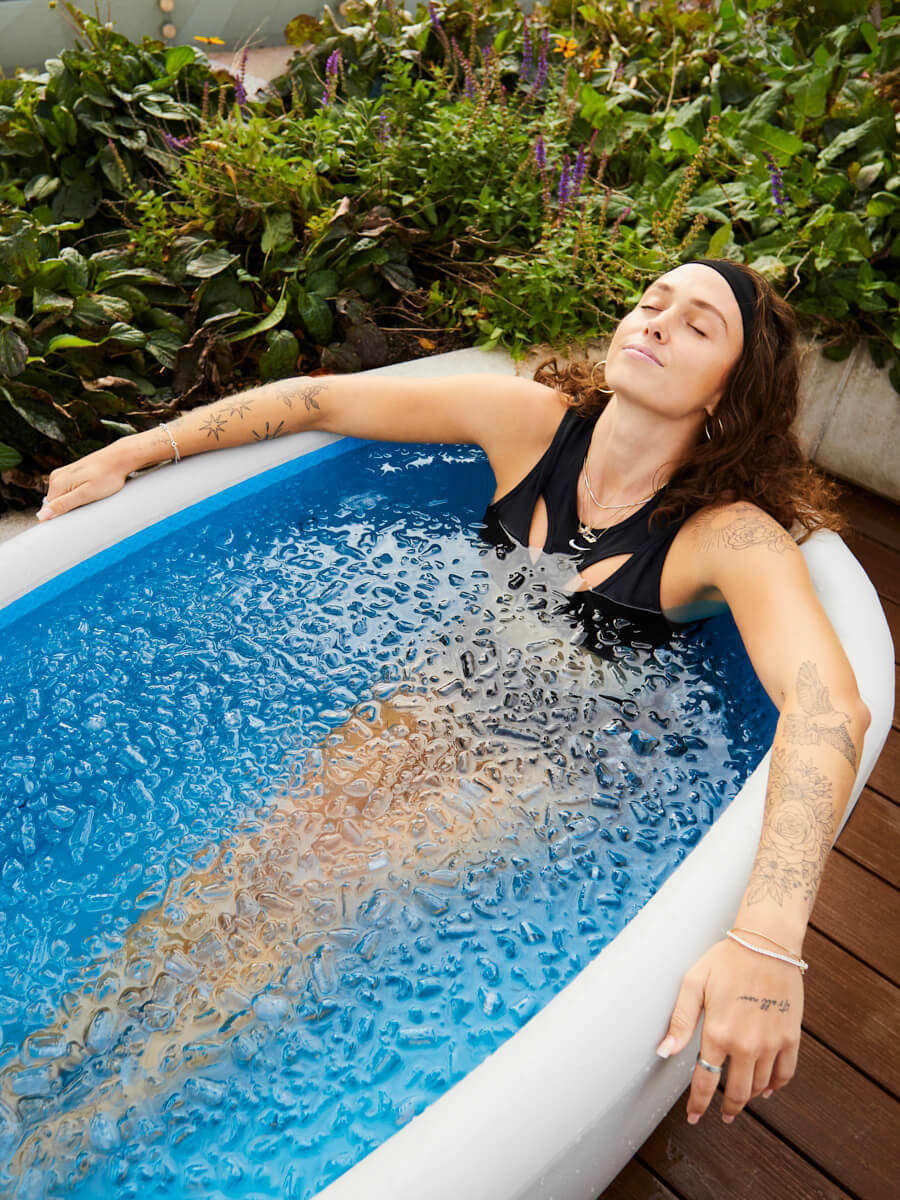
In conclusion, cold plunges offer a wide array of advantages, from enhanced circulation and reduced inflammation to stress reduction and improved immune function. However, they come with certain disadvantages, including initial discomfort, the risk of hypothermia, potential health considerations, and associated expenses. As with any wellness practice, it’s essential to approach cold plunges mindfully, take necessary precautions, and listen to your body to ensure a safe and enjoyable experience.
It is essential to approach cold plunges mindfully, taking necessary precautions
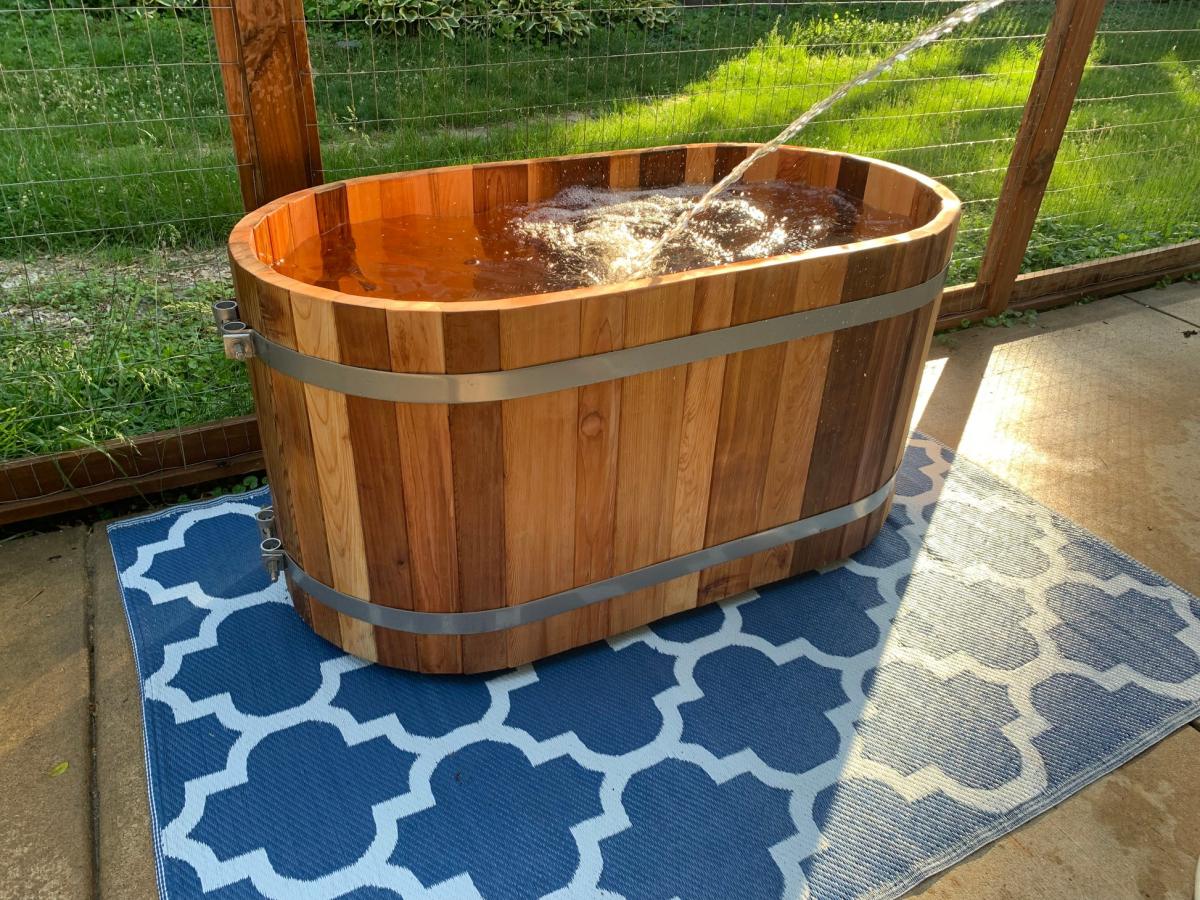
Conclusion
Cold plunges may seem like a daring wellness trend, but their benefits are increasingly recognized in the realm of health and vitality. Whether you opt for a cold plunge pool, natural water source, or a simple cold shower, this invigorating practice has the potential to boost your overall well-being, improve circulation, reduce stress, and leave you feeling refreshed and energized. However, it’s crucial to approach cold plunges with awareness and consideration. Consult with a healthcare professional if you have any underlying health concerns, and always listen to your body’s signals during a plunge. With the right approach, cold plunges can become a valuable addition to your wellness routine, offering a refreshing escape from the daily grind and a pathway to a more invigorated and balanced you. So, whether you’re taking the plunge for the first time or making it a regular part of your routine, dive in and embrace the chilly adventure!
Now you know everything there is to know about cold plunges!

